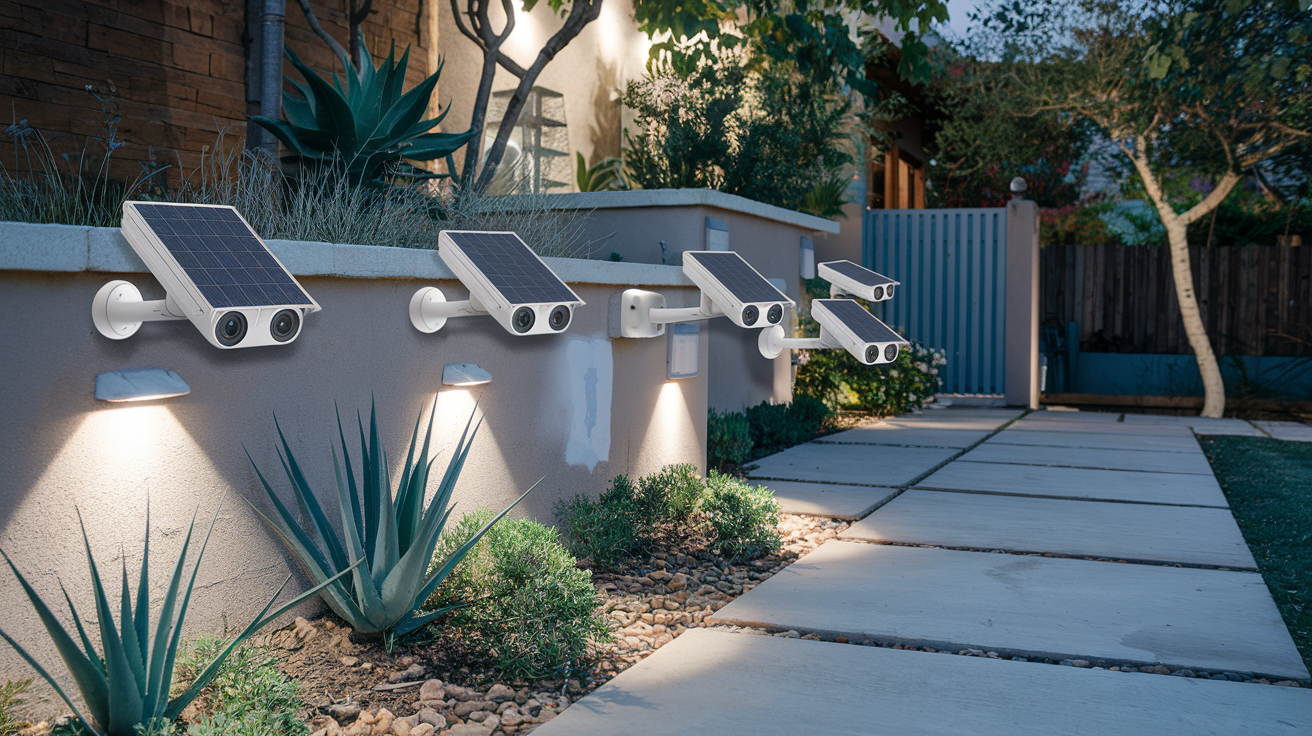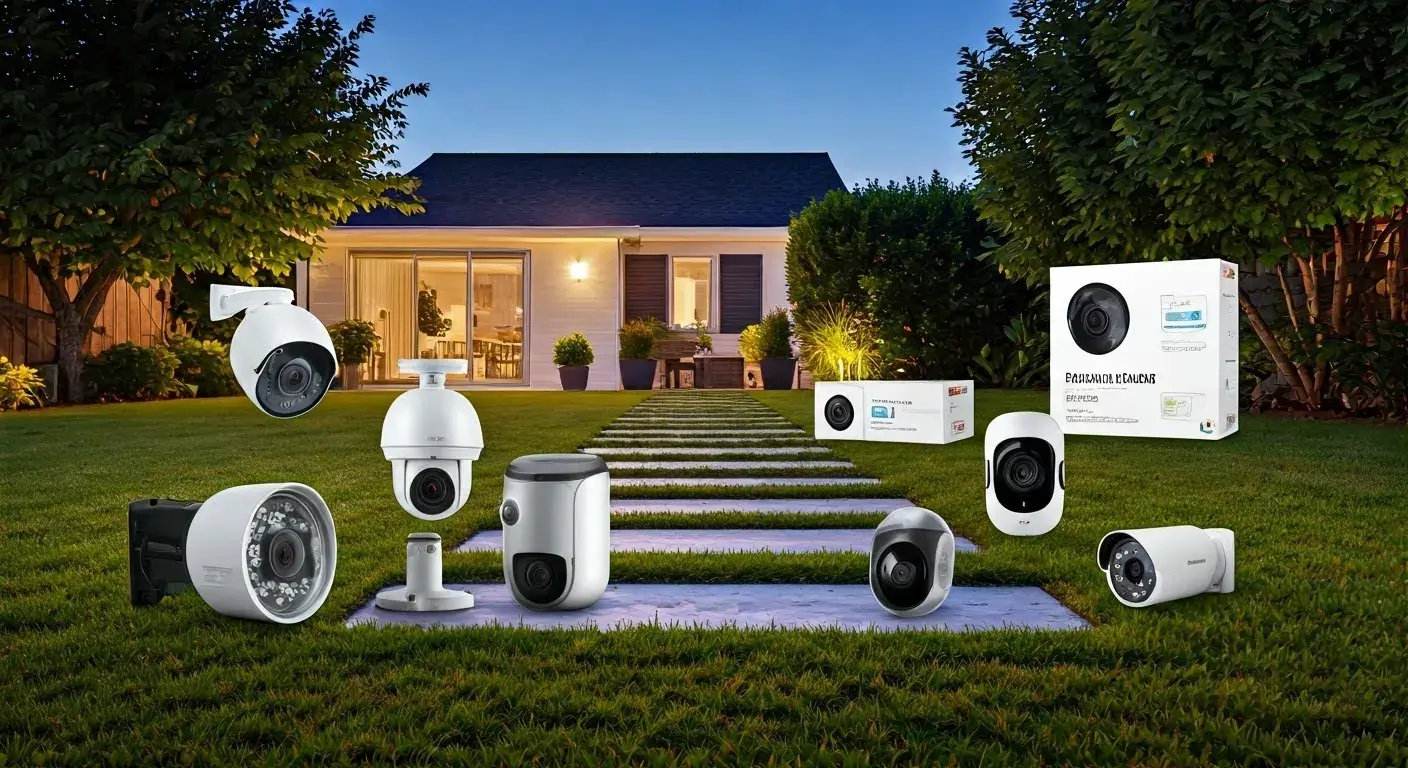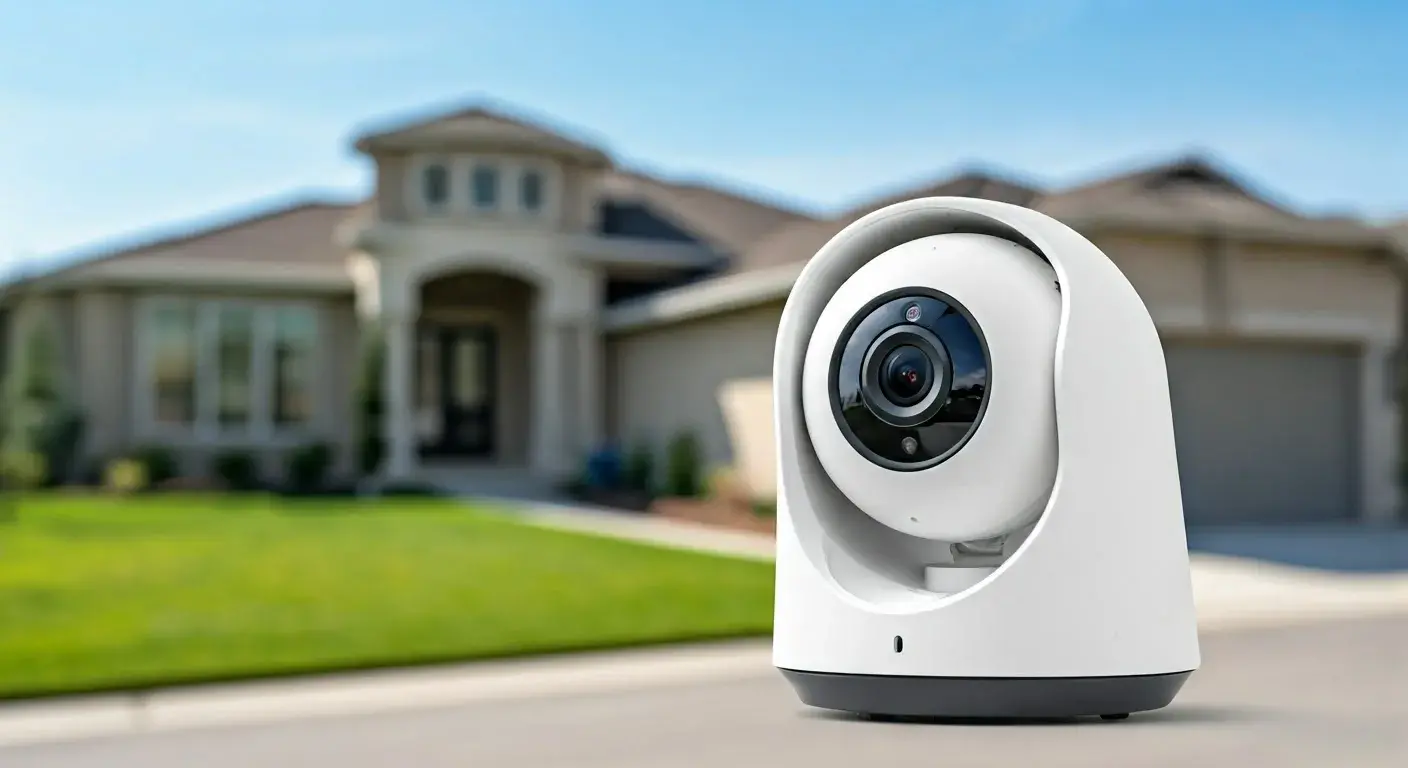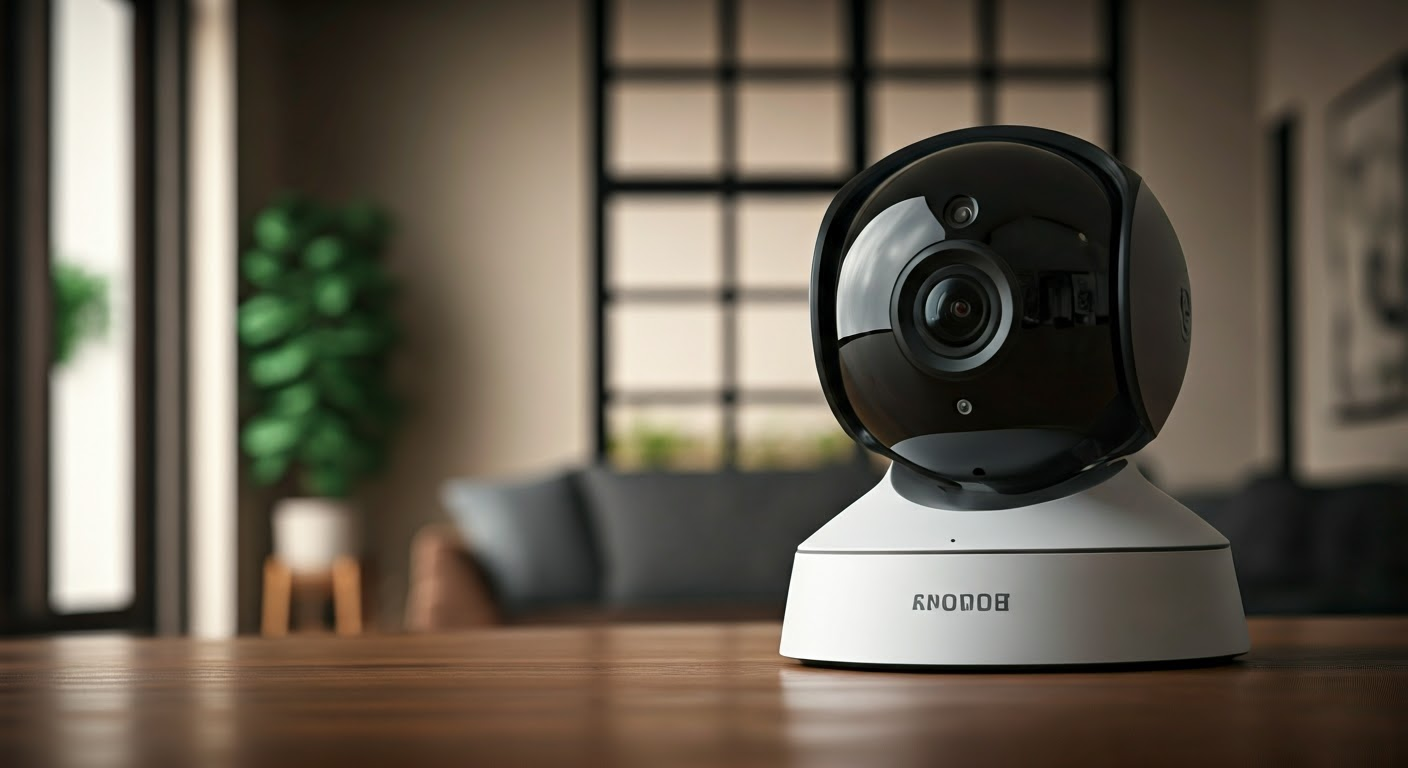Roku TVs are especially renowned within the last few years as a cheaper smart TV solution. Some of the frequently asked questions include whether Roku TVs have cameras in the actual TV. The short answer to the question is no, Roku TV does not have a camera.
Roku TVs are available from many brands, including TCL, Hisense, Sharp, Hitachi, Sanyo, and others. As for the possibility of smart cameras being integrated into the smart TV, that would be part of the specific TV brand and Roku does not control that part of the TV hardware – the operating system for these TVs is provided by Roku but the actual TV with the screen and any cameras would be the part of the specific TV brand. The Roku technology is all about streaming content and the software platform of Roku does not include a camera feature.
Still, some smart TV platforms like Amazon Fire TV and Google Android TV allow video chat through accessories or web apps that can take advantage of external webcam accessories connected to the TV’s USB port, but there are no such options or applications for Roku TVs at the moment. Therefore, you will not spot me on video calls via Roku TV anytime soon!
Why Roku TVs do not include cameras?
Privacy – It is clear that consumers are sensitive when it comes to having cameras inside their homes and therefore Roku offers them an opportunity to manage their privacy. The absence of any cameras inside the plane helps to build trust with customers that they will not be recorded and traced without their knowledge. This is one aspect that has cultivated trust in the Roku brand.
Functionality - Roku TVs are manufactured to stream content on the television. In other cases, simple and elegant camera designs, or lack of more advanced functions, such as video calls or other features requiring built-in cameras, demonstrate this quite clearly. The primary strategic objective for Roku is the goal of providing the best streaming experience at a reasonable price both for customers and TV manufacturers. Thus, non-essential features are excluded from the final product and are left on the cutting room floor.
Brand Control – Roku sells its software to numerous TV brands for implementation in different Roku TV models, thus integrating cameras would be a complex procedure involving standardization with numerous brands. Roku, conversely, allows its partner brands to decide on the specifics of the hardware while Roku maintains the software experience that customers have come to expect.
Some specific use cases include the living room use case where Roku TVs are intended for living rooms and other communal home areas. Integrating cameras to allow for calls via a TV has never really caught on as a mainstream product compared to the webcam on the desktop or even on mobile. Providing too many interactive or communication uses in a shared living room TV raises privacy concerns in homes. And that is why Roku does not stray into this space as it should not be its area of operation.
Is it possible that Roku TVs eavesdrop in the living rooms despite having no cameras?
Voice Control Capabilities
Not all models of Roku TV support basic Roku Voice remotes, but some of them do. Roku voice remotes come with a microphone button which when pressed allows voice commands. When not using the voice features, the microphones are turned off, and cannot eavesdrop on your discussions in the living room unless the button is pressed.
Even in this case, Roku has ensured utmost privacy – voice remotes have been optimized to only listen to commands intended for the TV and not conversations happening in the background. And no audio recordings are intended to be stored or transmitted beyond using voice to adjust the TV or search for a program.
Well, home automation devices with a microphone do pose certain privacy concerns – to a certain degree. However, Roku is expected to store voice data momentarily on the device to perform voice-controlled operations without keeping the recordings for an extended period. Customers in the long run have to decide between convenience and privacy. Based on what European regulations are like concerning limiting data collection, then Roku is probably going to some reasonable measures to safeguard user privacy due to what these voice remotes are capable of.
Some newer Roku TV models also include a feature that enables hands-free use of voice commands without having to press a push-to-talk button. This makes it possible to summon your favorite movies using your voice, but it can also make more general room discussions audible to the TV’s microphones. Nevertheless, the microphones are relatively limited in far-field capability and are mostly sensitive to commands directed at the television.
Roku voice control processing does not link inputs from the microphone to the permanent user profiles or IDs in any manner. Audio is erased immediately after responding to commands without sending them to other servers on the device locally. Thus, allowing for the hands-free use of the microphones that were limited on TV is probably a fair compromise that makes home occupancy so convenient if occupants do not have many privacy concerns. The effect on tech-savvy users who wish to optimize home privacy may be worth a second thought.
In conclusion, the target customers make a purchase decision depending on the utility, cost, and credibility of the brand. Roku initially established itself as a pioneer in providing value-priced smart streaming features to affordable TV models from brands that are more associated with mid-to-low-end products rather than high-end ones. From the above analysis, it is clear that this strategy has been embraced by mainstream consumers to an exceptional level.
This leaves the primary focus on providing a great shared viewing experience. Implementing onboard cameras or extensive voice control processing linked to the permanent user identity violates that vision. And logically pull apart previously established consumer trust in the Roku value proposition across partner brands stocked in stores. Thus although nothing prevents technically capable users from plugging in external USB webcams if they wish to do so in their Roku TVs it seems highly unlikely that cameras will be shipped with future models of Roku TVs by default.
Protect your home today with ADT’s top-rated security solutions!
Call now at +1 877-470-7879 to get a free consultation and find out how you can secure your home with the best in the business. Don’t wait—ensure your peace of mind with ADT!





